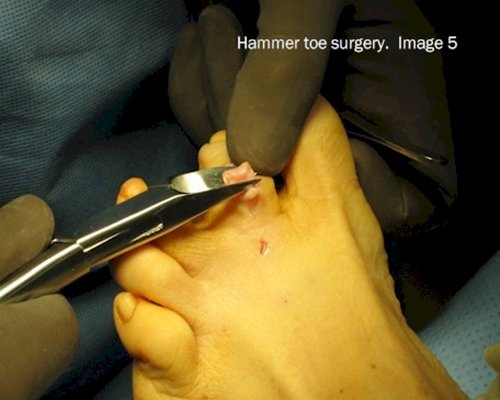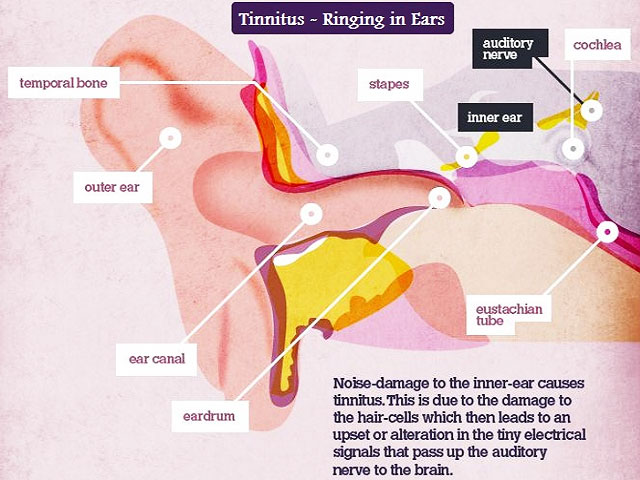Hammer Toes – Symptoms, Treatment Options, and Causes

What are Hammer Toe deformities? Hammer toes are caused when a person’s foot ends up being bent at the toes as the foot flexes. If you have a high arch, you will find that you have a greater risk of developing hammer toes. In fact, people who have arthritic conditions, diabetes, or joint or muscular problems are more likely to develop hammer toe deformities. Some people develop hammer toes even with good medical care.
There are actually two types: Rigid Hammer Tails: This type is typically less severe than the flexible type and can generally be diagnosed and treated relatively easily. However, it can be quite painful for most people. Firm Rigid Toes: Although there is no way to tell which one you may develop, this form tends to develop slowly. Many people with this type of deformity also have problems walking and have difficulty wearing high heels.
There is no specific reason why you might have a hammer. If, when standing, your feet tend to be flat on the ground and sometimes bend slightly when walking or running, this may be a problem for you. Another possible cause is insufficient moisture in the foot.
A hammer on your toes, while not life threatening, can be embarrassing and annoying. If not handled properly, walking can become tiring. Treatment options depend on the degree of the deformity. In some cases, surgery may be required to correct the deformity. For people with moderate deformities, there are many ways to treat and reduce the pain and stress associated with hammer toes.
The first thing you should do if you suspect you have a foot deformity is to consult your doctor. Your doctor will be able to give you a complete picture of the problem and recommend a treatment plan for you. It is important to note that your doctor is trained in the treatment of foot conditions, so he or she will be able to better explain the symptoms to you. and what are the causes of hammer toes. He or she will also be able to give you information on the best treatment options for your particular condition.
If the deformity is mild, your doctor may prescribe an anti-inflammatory medication such as ibuprofen to relieve the pain you are experiencing. If you feel uncomfortable, it is helpful to apply ice to your feet, but do not rest them for long periods of time. If you cannot rest your injured foot, you can wear sandals or flip-flops to prevent your foot from rubbing against the floor. The pain may be less severe if you rest your leg and continue to work to relieve it.

You can also consider trying a couple of natural remedies. Natural creams that moisturize and soothe the skin around the feet can help relieve pain. You can also try wearing a wedge or a rubber mat to further reduce pressure on the affected area.
Hammer toes can also be treated with orthotics, splints, or braces. If your deformity is severe and results in a hammer toe, your doctor may recommend surgery if it is accompanied by bone loss.
If surgery is the only option, the surgery involves cutting out the deformity and replacing the bones that result from it. This is often done under general anesthesia, so it requires more time and effort to heal. To avoid a scar, the wound must be covered before it heals. Wearing orthotics to absorb the shock of the surgery can help reduce the healing time.
Most surgery is outpatient and recovery time is not too long. In most cases, you will be able to return to your normal daily activities in three to six weeks. However, if your hammer toe is severe, you should expect some level of pain during this time. It may take up to six months for the deformity to completely heal and you will likely experience pain with each step.
Hammer toes should not stop you from enjoying life and taking care of your feet. When in doubt, talk with your doctor about your concerns. Hammer toes are not necessarily dangerous but it is important to ensure they are treated so you can continue to enjoy all the benefits of walking and working.



